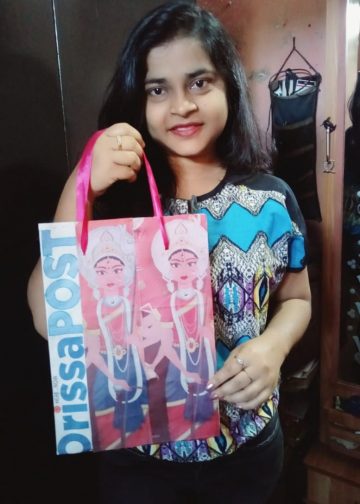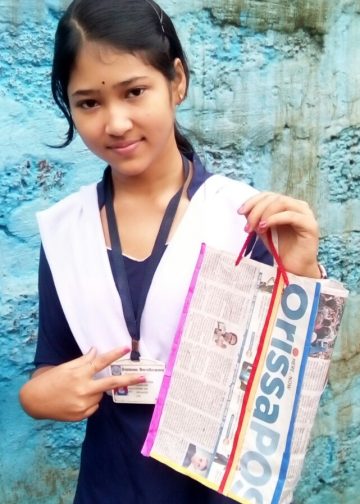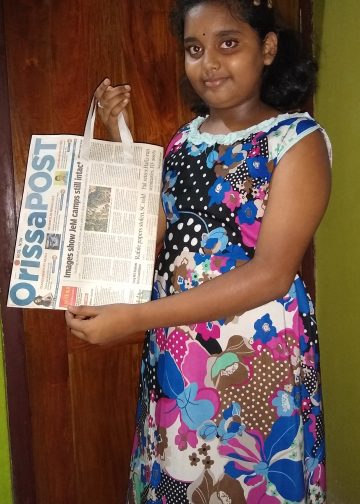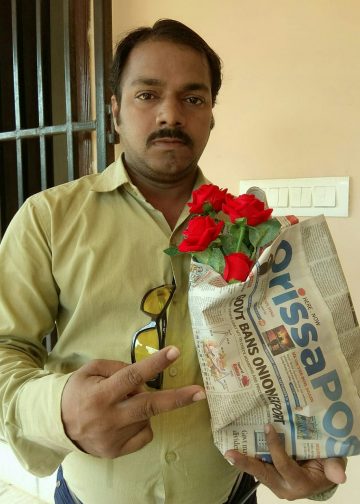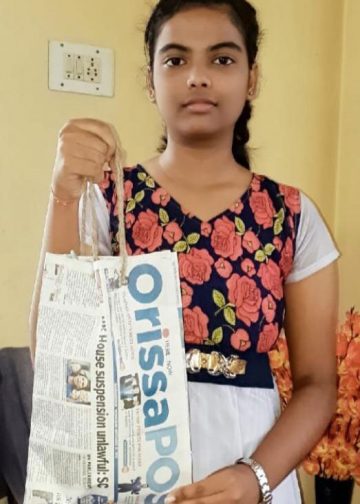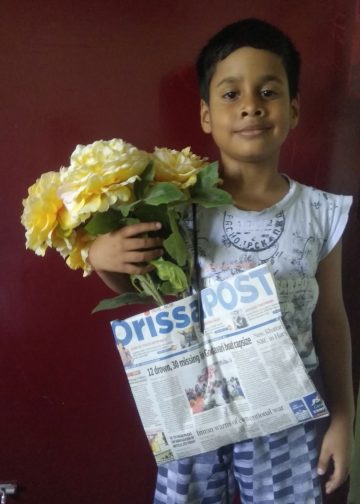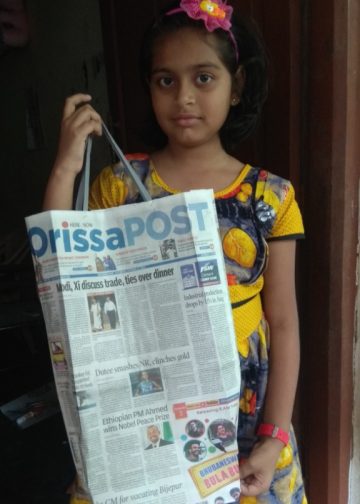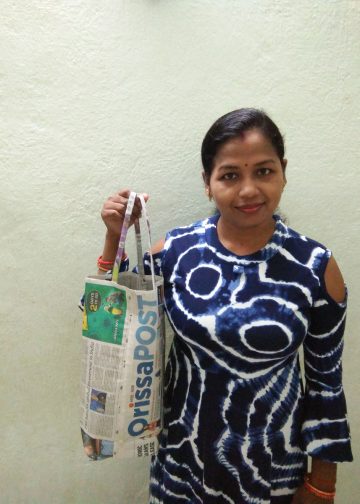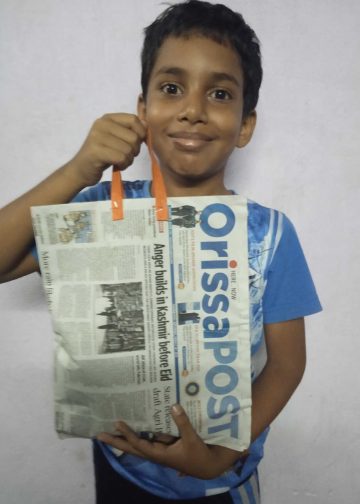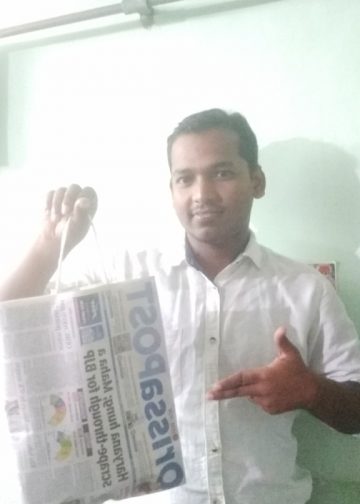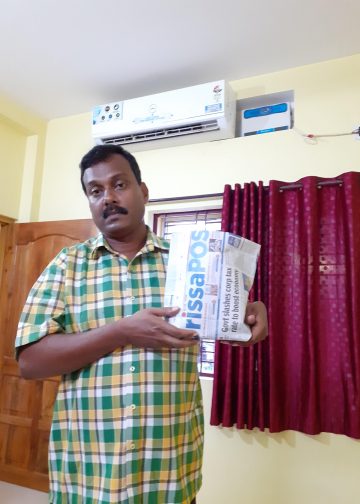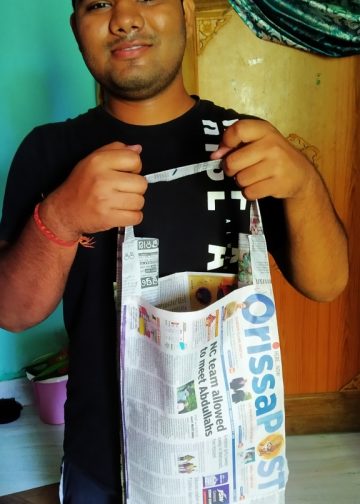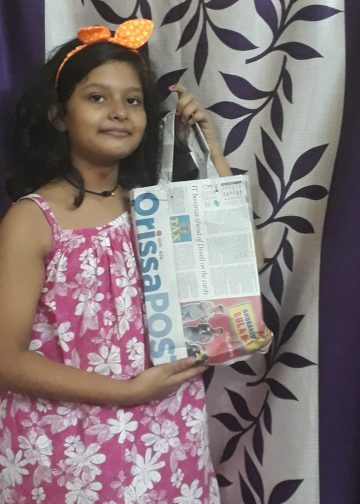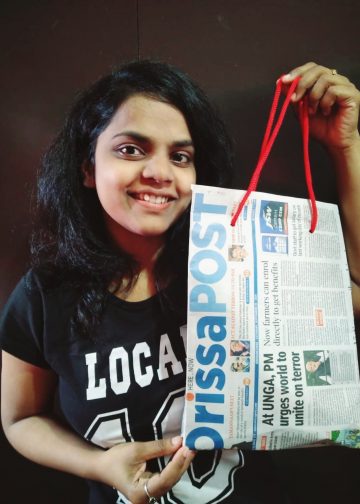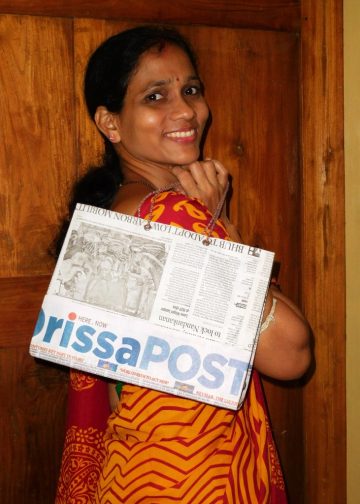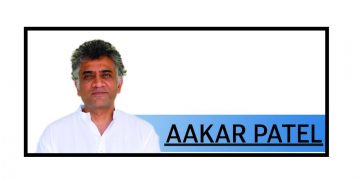Filmmakers Nandan Saxena and Kavita Bahl’s documentary
‘I cannot give you my forest’ bagged the best environment film award at the National Film Awards, 2014. The poignant documentary aptly captures the nuances of tribal life in Orissa and chronicles the tribal peoples’ struggle for survival. The duo, who prefer to call themselves ‘Dilliwalas’, were in the city Sunday to participate in the three-day 10th National Film Festival
organised by JD Centre of Art. In an interview with Orissa POST the filmmakers dwell on their experiences of shooting in the state and how a tribal group is fighting tooth and nail against big capital to retain its only means of livelihood. Excerpts:
jayakrishan Vu
Post News Network
‘I cannot give you my forest’ is set in Orissa. How was the experience of shooting in a remote location in the state?
The film focuses on the plight of the Kondh tribes of Rayagada district and land-grabbing by corporate lobbies in the region. We spent more than a year shooting the film and tackling the post-production requirements. We also spent a couple of months with the tribal community. The film was financed by Bhubaneswar-based NGO Living Farms.
What is the storyline?
The 45-minute documentary uses tribal songs for the purposes of narration. We deliberately avoided a voice-over because we wanted to capture the rich cultural milieu of the tribe. Changes in their food culture and way of life were what the documentary tried to portray.
What were the changes you observed in the life of the Kondh tribe?
Agriculture is the backbone of the tribal economy. The Kondh tribe grows millets and other foodgrains and farming is a generationally transmitted livelihood in the community. Now with land sharks eyeing their plots, their livelihood is in peril. We focused on the changes in the tribe’s relationship with the forest. Development projects are pushing the tribals to the brink of extinction and they are losing the right to use their own forests for survival.
Has the space for documentary filmmaking in India shrunk over the years?
Despite facing odds like financial constraints and lack of support from both government and private production houses, the documentary segment in the country is growing stronger by the day. Documentaries offer an alternative space for filmmakers by critiquing the feel-good culture of mainstream films.
What are the challenges a documentary filmmaker faces?
Those who make documentaries are strapped for funds. Neither Doordarshan nor private channels provide space or income to documentary filmmakers.
How can the situation be remedied?
We need channels dedicated to promoting thought-provoking documentaries. A filmmaker has to spend at least Rs 20-Rs 25 lakh on a documentary but gets absolutely nothing in return. Many directors survive by doing commercial projects. Documentaries are historical records of the contemporary times unlike popular films, and government and commercial channels need to understand this fact and promote them. We believe there is a growing audience for documentaries because people know that the glitzy mainstream films create a make-belief world where truth is sacrificed at the altar of commercial interest.






